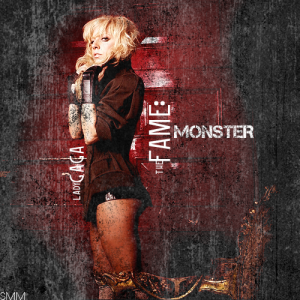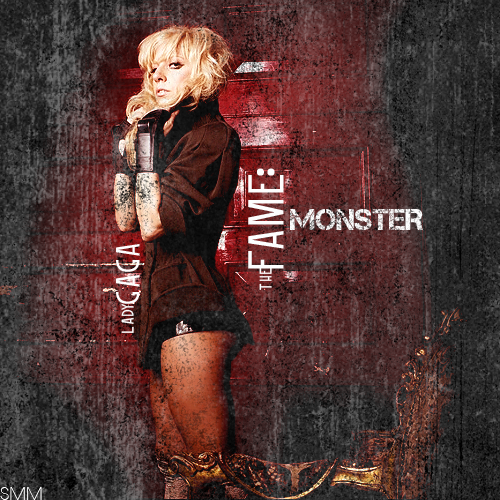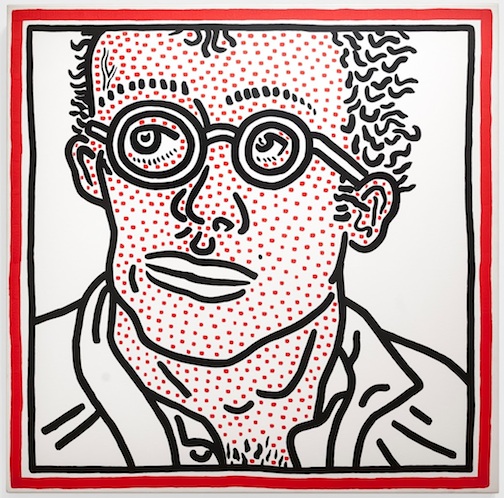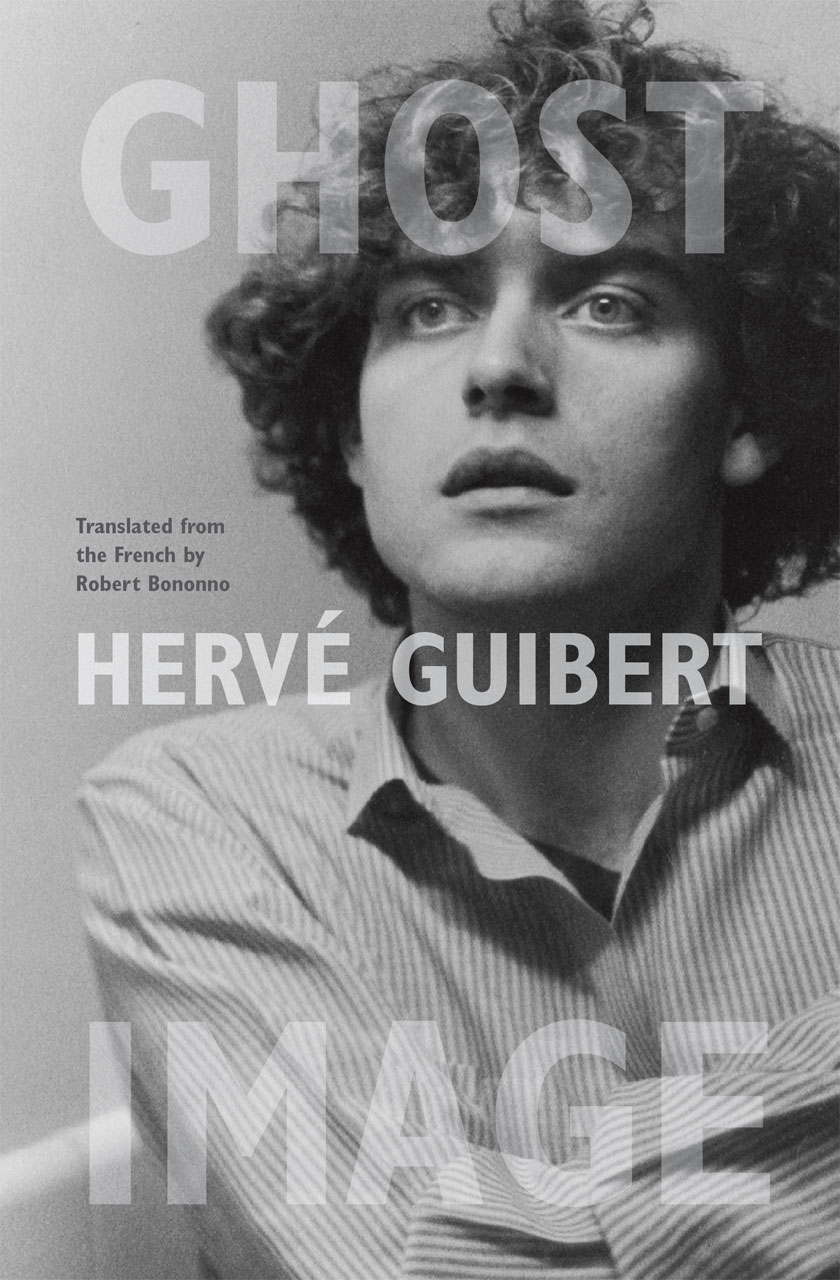The Fame and The Fame Monster
by Lady Gaga
Interscope Records
LADY GAGA could be a cannibal. If you don’t believe me, have a listen to the most dental song to date, “Teeth” (from her EP The Fame Monster), in which the 23-year-old New Yorker growls: “Take a bite of my bad girl meat.” The fantasy of being eaten alive recurs in “Monster” with the lyric, “He ate my heart/ He licked his lips, said to me/ Girl, you look good enough to eat.”
It is this uncanny blend of the sexual and the monstrous that made Gaga the biggest breakout performer of 2009, not to mention the diva du jour among club-goers and circuit boys. “I’m obsessively opposed to the typical,” Gaga sings in “The Fame,” and, not surprisingly, her own sexuality has become a media magnet. Rumors that Lady Gaga is a hermaphrodite became so widespread that The Huffington Post saw fit to run close-ups of the singer’s bikini line to dispel the idea. Gaga’s lyrics, meanwhile, remain fiercely phallic. “I wanna take a ride on your disco stick,” she sings on “Love Game.” On “Monster” she giggles: “I’ve never seen one like that before.” With more than three million albums sold, 15.3 million downloads, five Top 10 singles, and a sold-out, four-night stint at Radio City Musical Hall, it’s safe to say that Lady Gaga has swallowed the music industry whole.
Gaga’s debut album, The Fame, earned her two Grammys and a spot beside Sir Elton John in an over-the-top duet that opened the show, but it’s her theatrical sense of style—a bustier that shoots fire, lingerie that leaks blood, dresses made of bubbles, even a bejeweled lobster worn as a tiara—that has made Gaga the talk of both the music and fashion worlds, even inspiring collections by Marc Jacobs and the late Alexander McQueen. You’d be hard-pressed to find a campier photo than that of the pop princess bowing before Queen Elizabeth II while cloaked in a red vinyl gown with action-hero eye patches. And given her love of sexual provocation, she’s been hailed as the new Madonna. The latest firestorm involves her video for “Telephone,” in which she and Beyoncé play an interracial, lesbian couple à la Thelma and Louise. The old Madonna, who rightfully regards herself as the Mother Superior of global pop, no doubt senses, and dislikes, the competition. After catching Gaga’s act, she told Rolling Stone (10/29/09) that “I can see myself in Lady Gaga,” but added cattily: “When I saw her, she didn’t have a lot of money for her production, she’s got holes in her fishnets, and there were mistakes everywhere. It was kind of a mess.”

There are more than a few similarities between the Material Girl and her protean upstart. The two are former Catholic school girls who danced their way up the New York music scene before enjoying nearly overnight success. Both stage names, Madonna and Gaga, conceal unwieldy Italian names (Louise Veronica Ciccone and Stefani Joanne Angelina Germanotta), and the latter clearly emulates Madonna’s trademark hybridization of electro-pop and performance art. Yet Madonna’s early work was most radical in its iconoclastic take on religion, whereas it’s the religion of celebrity that obsesses Gaga. Rhyming “fame” with the antonymic “shame” on her debut’s title track, she concedes: “I can’t help myself/ I’m addicted to a life of material.” And while Lady Gaga may not be dancing in front of crucifixes, nor hanging herself upon them (as Madonna did in 2006 to draw attention to HIV-AIDS), she does flaunt the words of Rilke tattooed on her arm (“Why must I write?”), and repeatedly alludes to Andy Warhol in interviews.
Warhol, of course, predicted that in the future everyone would be world famous for fifteen minutes, and this approach to America’s fame factory is central to Gaga’s camp sensibility. It took Madonna more than twenty years to ask, on her 2005 Confessions album, “How much fortune can you make?” and “Will it matter when I’m gone?” whereas Gaga is asking these same questions from the start, demystifying fame from the inside out. Among the muses mentioned in her “Dance in the Dark”—Marilyn, Judy, Sylvia, Liberace—looms the specter of JonBenét Ramsey, whose 1996 murder exposed the perversity of child beauty pageants. The inclusion, too, of Princess Diana is well-aligned with the video for “Paparazzi,” in which cameras flash as Gaga is thrown from a balcony and paralyzed. The message? Fame kills. As Newsweek (11/19/09) writer Seth Colter Walls writes, in the “Blah-Blah of Gaga,” Gaga invites “highfalutin scrutiny” by presenting “a star’s ambivalence toward fame—both courting and criticizing it.”
Through the contrast of The Fame and The Fame Monster, Gaga dually reviles and revels in the underbelly of American idoldom. Highly self-aware as a public spectacle, she refers to herself as a “fame Robin Hood” (New Yorker, 4/27/09). Silicon and saline may be labeled “poison” at the start of “Dance in the Dark,” but only before Gaga swoons: “Inject me, baby, I’m a free bitch.” As a walking pastiche, Gaga draws our eye to the essential disposability of costumes and celebrities alike, and through a strange combination of Halloween and haute couture, she’s created a new and ghoulish sort of glamour. Fame, for her, is a fetish, a “bad romance” that’s paradoxically impersonal yet alienating. This is why Lady Gaga commands the giant gay fan base that she does (and the S&M leather and armadillo boots don’t hurt either). Her “Monster Ball Tour” will travel the world this summer, and pop lovers, gay and straight, will surely eat it up.
Colin Carman, PhD, teaches English at Colorado Mountain College.






